Tree Wound Care And Causes: Understanding Types Of Tree Wounds
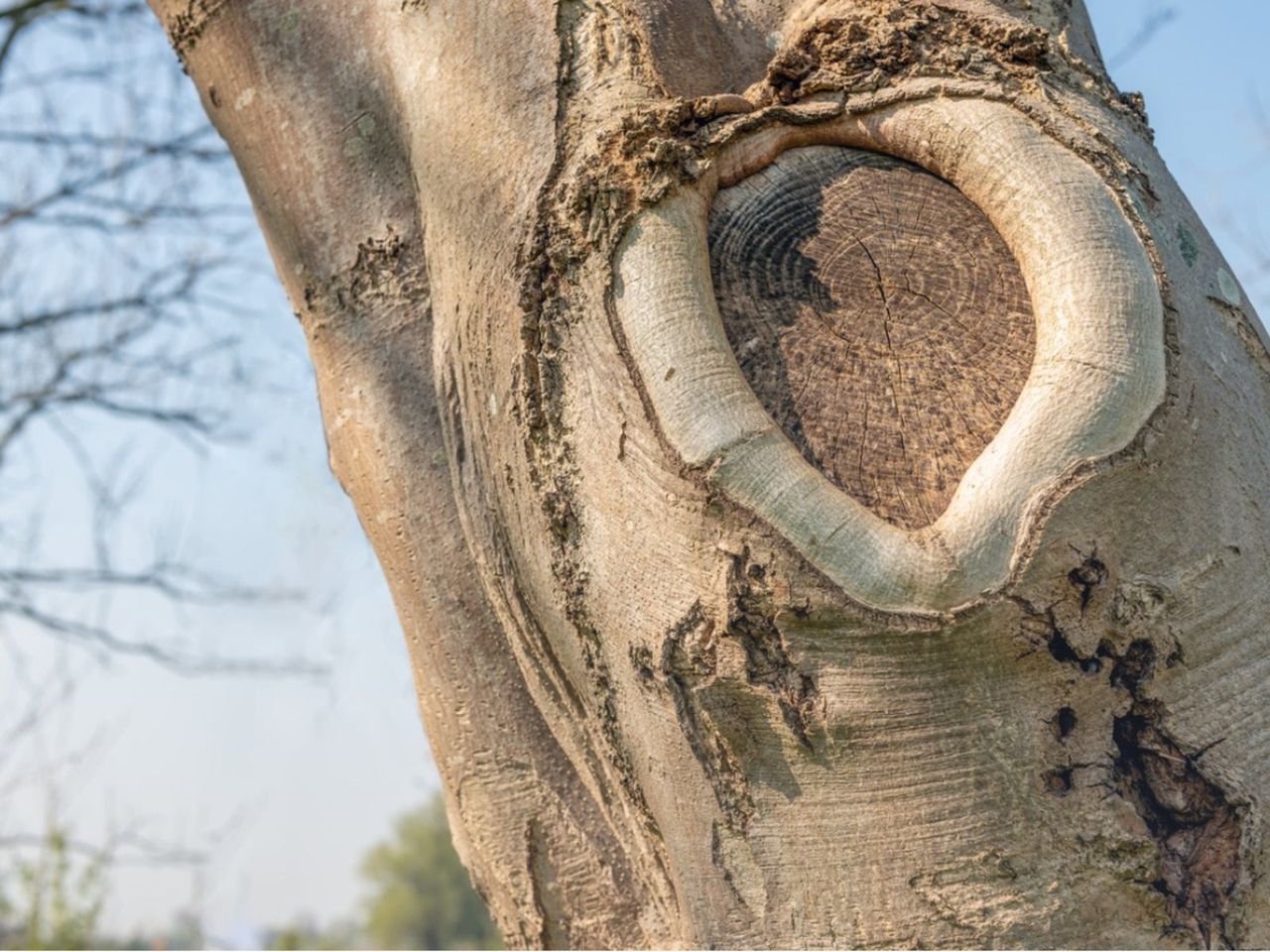

Mother Nature made trees with their own protection. It’s called bark, and it’s intended to protect the wood of the trunk and branches from infection and rot. A tree wound is anything that breaks the bark and exposes the underlying wood to attack.
How do trees get hurt? There are many different types of tree wounds, each with its own causes. Read on for information about tree wounds, as well as how you can help a wounded tree.
What Is a Tree Wound?
Exactly what is a tree wound? It is any injury to the tree that breaks the bark. This break can be small, like when someone pounds a nail into a tree trunk, or it can be huge, like when a large branch cracks off in the wind.
Bark serves the same purpose as human skin: it is intended to keep out pathogens. Humans are mainly worried about bacteria getting into a cut or scratch, and trees can also suffer from bacterial infections. The other primary type of pathogen that can hurt a tree is fungus.
How Do Trees Get Hurt?
It’s impossible to list all the possible ways a tree can get wounded. Potential wounded tree causes range from deliberate actions by humans, like pruning, to accidental causes like fire or wind damage. Borer insects can cause tree wounds too by leaving holes in the bark.
One very common way that people cause tree wounds is by operating machinery too close to a tree trunk. Many trees are injured every year by gardeners using lawnmowers, weed-whackers and the like. Nearby construction workers can also damage a tree. Another cause of wounded trees is leaving wire or twine wrapped around a tree. It can get imbedded in the bark as the tree grows.
Certain chemicals gardeners use on their plants can hurt trees too. For example, herbicides with sub-lethal rates of glyphosate can cause tree wounds.
Gardening tips, videos, info and more delivered right to your inbox!
Sign up for the Gardening Know How newsletter today and receive a free copy of our e-book "How to Grow Delicious Tomatoes".
Animals can wound trees, including deer, woodpeckers and mice. Weather events like lightning strikes and strong winds are among other wounded tree causes.
Preventing Tree Wounds
Given that so many types of tree wounds are caused by humans, it stands to reason that acting carefully and deliberately in the garden can prevent these wounds. Keep mowers away from trees, use integrated pest management methods of keeping pests away, and take off any wire or rope from around a trunk.
Although pruning itself creates tree wounds, sometimes pruning can prevent greater damage. For example, pruning off broken or diseased branches limits damage. But never top a tree or leave pruning stubs that can rot.
Perhaps the most important step you can take is to keep the tree healthy. That means picking an appropriate site and providing adequate irrigation to your trees. Also, a layer of mulch over a tree’s root area is a great way of locking in moisture and offering protection.
Tree Wound Care
Trees don’t heal the same way people do from wounds, since they can’t replace damaged tissues. Trees do have their own procedures for covering up wounds. Trees grow woundwood to close up their wounds. This is a type of callus tissue. Many trees also produce chemical and/or physical barriers to pathogens by walling off their injuries.
When it comes to tree wound care, it’s often best to leave your trees alone when they have wounds rather than apply wound sealants or paint, since these products do not prevent decay. Sometimes corrective pruning can help but it is often better to have an arborist review the damage first.

Teo Spengler is a master gardener and a docent at the San Francisco Botanical Garden, where she hosts public tours. She has studied horticulture and written about nature, trees, plants, and gardening for more than two decades. Her extended family includes some 30 houseplants and hundreds of outdoor plants, including 250 trees, which are her main passion. Spengler currently splits her life between San Francisco and the French Basque Country, though she was raised in Alaska, giving her experience of gardening in a range of climates.
-
 Best Tomatoes For Containers: 10 Tastiest Varieties For Plentiful Produce In Compact Areas
Best Tomatoes For Containers: 10 Tastiest Varieties For Plentiful Produce In Compact AreasThese are the best tomatoes for containers that prove you don't need to have a large space or elaborate garden to grow delicious produce.
By Bonnie L. Grant
-
 Ultimate Potted Flowers For Spring: 8 Brilliant Blooming Options for Spring Containers
Ultimate Potted Flowers For Spring: 8 Brilliant Blooming Options for Spring ContainersCelebrate the most uplifting of seasons with the most dazzling container flowers imaginable. Here, we present some of the loveliest potted flowers for spring…
By Tonya Barnett
-
 Best Trees For Carbon Sequestration And Climate Change
Best Trees For Carbon Sequestration And Climate ChangeLet’s keep planting trees. They are our best bet for capturing carbon and may help with our global warming issues.
By Teo Spengler
-
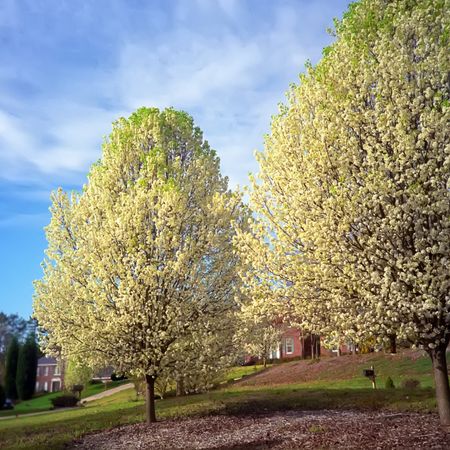 7 Invasive Trees You Should Never Plant In Your Yard Or Garden
7 Invasive Trees You Should Never Plant In Your Yard Or GardenWhat are some invasive trees you should never plant in your yard? Click here to find out.
By Teo Spengler
-
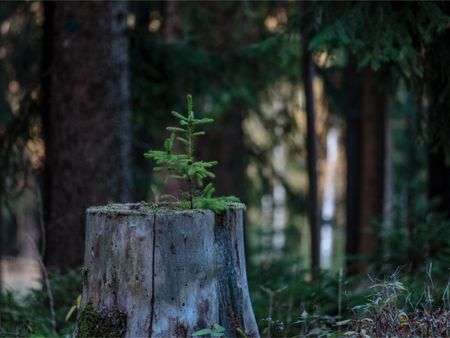 How Close Can You Plant A Tree To A Stump?
How Close Can You Plant A Tree To A Stump?Looking to plant new trees near old stumps or where stumps have been removed? Click here to learn how.
By Teo Spengler
-
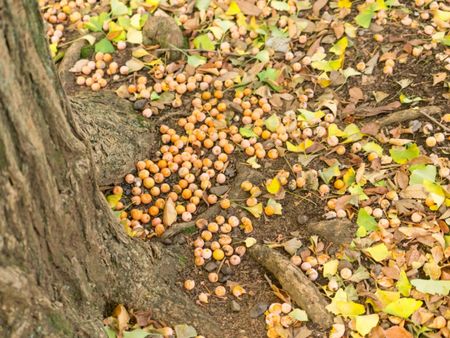 Messiest Trees That Drop Debris Everywhere
Messiest Trees That Drop Debris EverywhereWant to know which trees will create the biggest messes in your home landscape? Click here to find out.
By Amy Grant
-
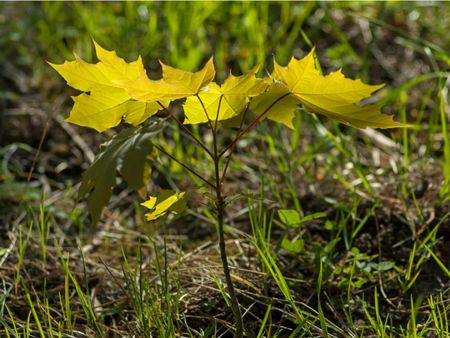 How To Get Rid Of Tree Sprouts In The Yard From Nearby Trees
How To Get Rid Of Tree Sprouts In The Yard From Nearby TreesLearn the simple way to keep pesky tree seedlings in your lawn from becoming saplings.
By Teo Spengler
-
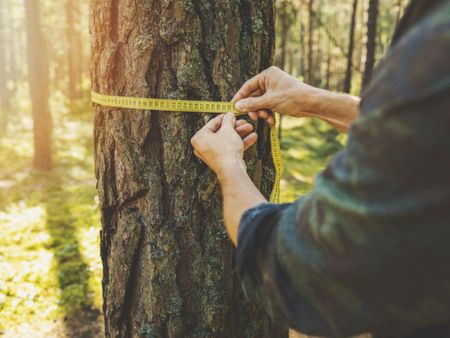 How To Tell How Old A Tree Is
How To Tell How Old A Tree IsEver wondered how to calculate the age of a tree? Click here to learn all about it.
By Teo Spengler
-
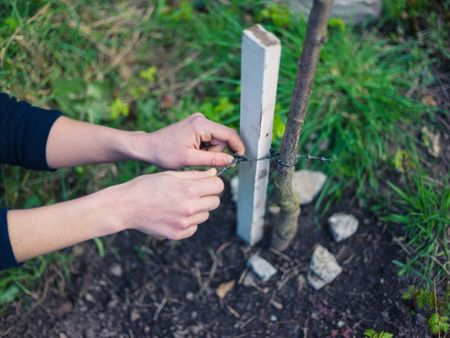 When To Remove Tree Stakes From Saplings
When To Remove Tree Stakes From SaplingsA newly planted tree may grow strong when it’s staked, but don’t forget to remove the stakes when it’s stable.
By Teo Spengler
-
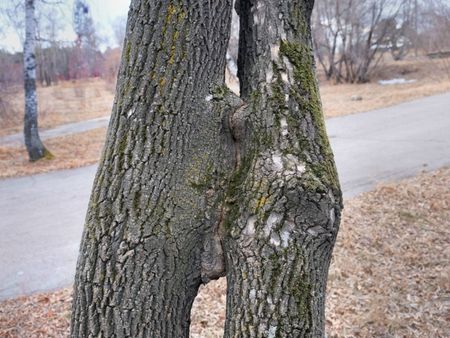 Inosculation And Trees Growing Together
Inosculation And Trees Growing TogetherIf you ever see two trees that have bonded and grown together, read here to learn why and how it happens.
By Teo Spengler